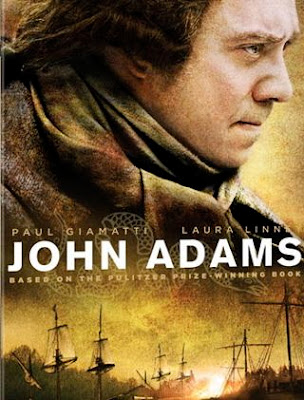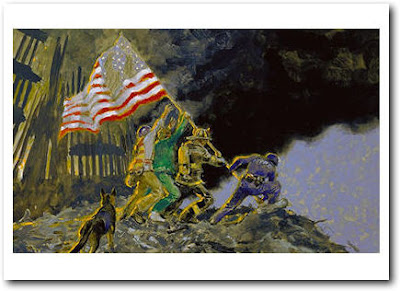Now that you have chosen a topic within 1940-1979, you will conduct research to collect background information. Read the following directions carefully.
In the computer lab you will use the internet to find useful websites about your topic. Only use websites that end in .edu,gov,org. Wikipedia is NOT an acceptable source. You must find at least 3 internet sources.
Students will submit a total of 30 facts about their chosen topic. Number each fact. Put the source (website) above the facts from that particular source. The facts must be in your own words and should be one to two sentences in length. Do not plagiarize or you will receive a 0 for a grade. See the September 11 example below that shows you how to set up your response.
At the end of the period, make sure you click on name/url, enter your name and click “publish.” (do this even if you aren’t finished!) Finish for homework.
9/11 Example:
Website: http://www.gpoaccess.gov/911/
1. The first plane hit the North tower of the World Trade Center on Tuesday, September 11, 2001 at 8:46 am.
2. A second plane hit the South Tower at 9:03 am. Both towers collapsed about 90 minutes later.
3. At 9:37 a third plane crashed into the west side of the Pentagon.
4. At 10:03 a fourth plane crashed in a field in southern Pennsylvania, which was originally aimed at the Capitol building or White House. It was brought down by several heroic passengers.
5. Over 2,600 people died at the World Trade Center. 125 died at the Pentagon; and 256 died on all 4 planes.
.
.
.
Use the above format to collect 30 total facts from at least 3 different websites. (You do not need to have an equal number of facts from each site. For example, you may have more from one site than the others)


